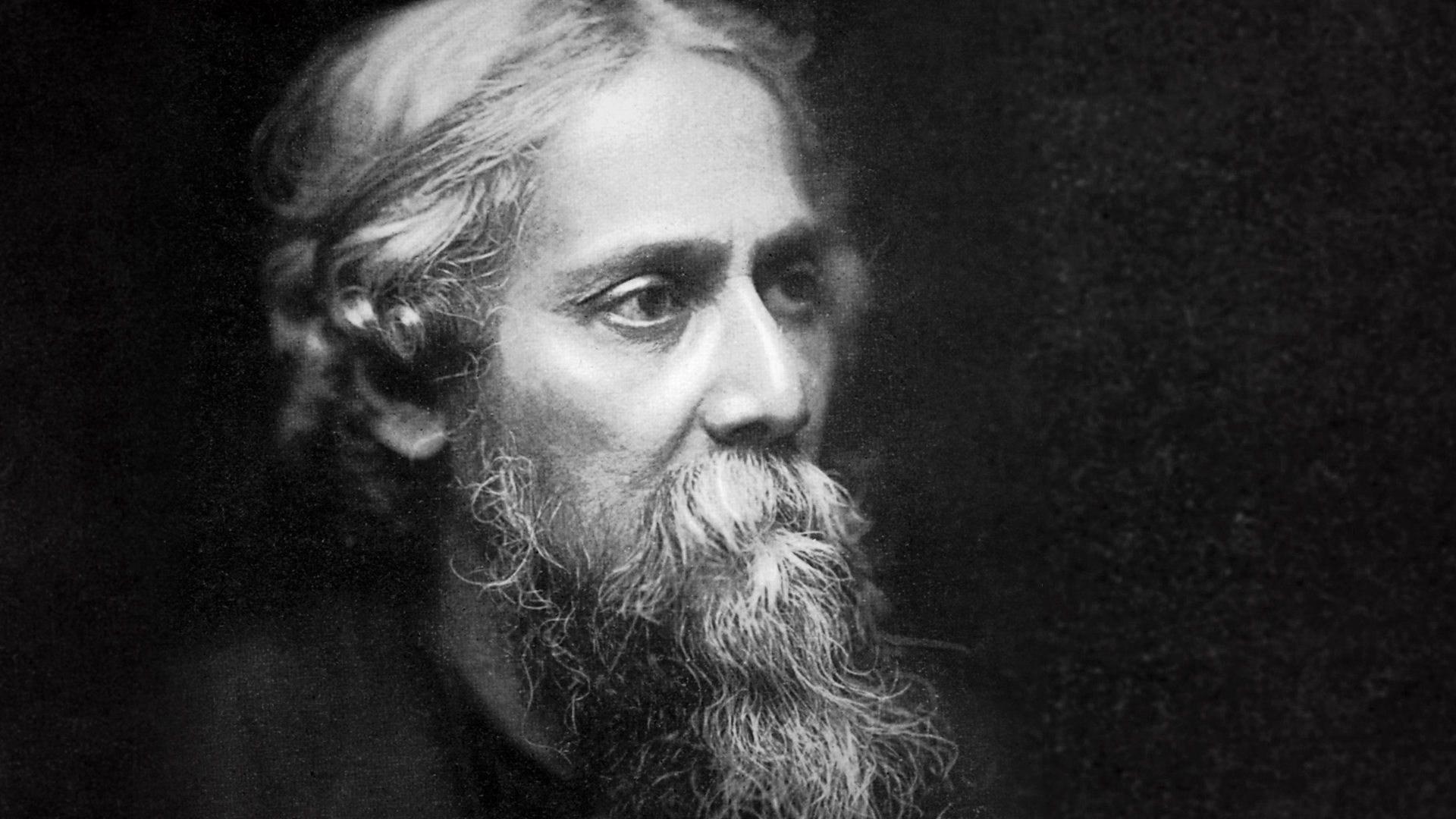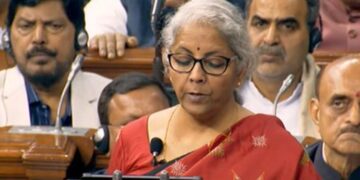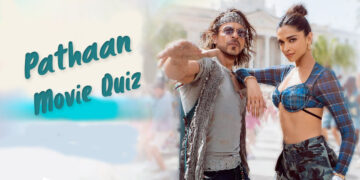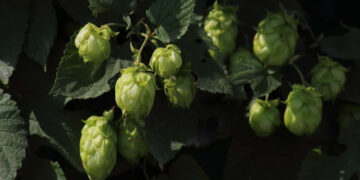Rabindranath Tagore was a man of literary and artistic achievements, and played a leading role in Indian cultural and national movements. And today we are going to know more about his vibrant life in this article.
Rabindranath Tagore was an iconic figure in the Indian cultural renaissance. He was also a polymath poet, philosopher, musician, writer and educationist. Rabindranath Tagore became the first Asian person to win the Nobel Prize for his poetry collection “Gitanjali” in the year 1913.
He was also affectionately called Gurudev, Kaviguru and Vishwakabi, and his songs are popularly known as “Rabindra Sangeet”. The national anthems of India and Bangladesh – “Jana Gana Mana” and “Amar Shonar Bangla” respectively are from Rabindra Sangeet.
Rabindranath Tagore Profile
| Born | 7 May, 1861 |
| Place of Birth | Calcutta, British India |
| Penname | Bhanu Singha Thakur (Bhonita) |
| Father | Debendranath Tagore |
| Mother | Sarada Devi |
| Spouse | Mrinalini Devi |
| Childern | Renuka Tagore, Shamindranath Tagore, Meera Tagore, Rathindranath Tagore, and Madhurilata Tagore |
| Died | 7 August, 1941 |
| Place of Death | Calcutta, British India |
| Profession | Writer, song composer, playwright, essayist, painter |
| Language | Bengali, English |
| Award | Nobel Prize in Literature (1913) |
Birth and early life of Rabindranath Tagore
Rabindranath Tagore was born on 7 May 1861 in Calcutta as the youngest son of Devendranath Tagore and Sharda Devi.
His grandfather “Dwarkanath Tagore” was a wealthy landowner and social reformer. His father, Debendranath Tagore, was the leader of the Brahmo Samaj, a new religious sect in 19th-century Bengal that attempted to revive the ultimate monotheistic basis of Hinduism set forth in the Upanishads.
The Tagore family was a treasure trove of talent in every field. He hosted the publication of literary magazines; Also theater and singing of Bengali and Western classical music were regularly performed there. Rabindranath Tagore’s father invited many professional musicians to stay in his house and teach Indian classical music to his children.
Rabindranath Tagore family
Tagore’s family consisted of his mother, his father, and siblings. Rabindranath Tagore’s eldest brother “Dwijendranath” was a philosopher and poet. Another of his brothers, “Satyendranath”, formerly had been the first Indian to be appointed to the “All-European Indian Civil Service”. He had another brother, Jyotindranath, a musician, and playwright. Also his sister Swarnakumari became a novelist.
Rabindranath Tagore education
Rabindranath Tagore’s early education took place in “Oriental Seminary School”. But he did not like the traditional education at all and started his further studies at home under several teachers. He was mostly trained by his siblings in both literary and physical activities such as gymnastics and martial arts.
When it comes to his writing, we can say that Rabindranath Tagore was rich in talent since childhood as he started writing poetry as well as publishing them from the age of eight.
In 1873, at the age of 11, Tagore and his father left Calcutta to visit India for several months. Before reaching the Himalayan hill station of “Dalhousie”, he also visited his father’s Shantiniketan estate and Amritsar, where he read the biographies of many personalities, as well as studied history, astronomy, modern science and Sanskrit and Kalidasa. Also examined the classical poetry written by.
Then at the age of 17, Rabindranath Tagore was sent to England for his formal law schooling, but he did not complete his studies there. Rather he did an independent study of the writings of the great writer Shakespeare there.
He returned from England in 1880 and regularly published poems, stories and novels in Bengali. His works gradually started changing Bengali literature.
Rabindranath Tagore’s marriage, wife? (Rabindranath Tagore marriage, wife)
As was the tradition of the time, in the year 1883, he also married the child bride “Mrinalini Devi”.
Rabindranath Tagore in Santiniketan
In 1901 Rabindranath Tagore moved to the Shantiniketan Ashram, where he started an experimental school based on traditional “guru-disciple” teaching methods from the Upanishads. He hoped that the ancient methods of teaching would be more beneficial to the students than the modern education system provided by the British. But during this time his wife and their two children died, leaving him in complete shock.
After his return from England and during his stay in Santiniketan, Tagore wrote several literary works of poetry, stories and novels. His works were getting immense popularity in India as well as abroad.
Rabindranath Tagore started writing Gitanjali in the year 1909. Then in the year 1912, Tagore went to Europe for the second time. During his visit to London, he translated some of his poems/songs from Gitanjali into English. He met William Rothenstein, a famous British painter in London, who was greatly influenced by his poems, then made several copies of it and gave them to Yeats and other English poets.
Yeats became quite fascinated by these and later wrote the introduction to Gitanjali, when it was published in a limited edition by the India Society in London in September 1912. Then in the year 1913, this collection of poems received the Nobel Prize for Literature. Thereby Rabindranath Tagore became the first non-European person to receive this prestigious award.
Subsequently in 1915, Tagore was also awarded the title of knighthood by “King George V”.
Rabindranath Tagore in the Independence movement
Rabindranath Tagore participated in the Indian nationalist movement from time to time, though in his own non-emotional and visionary way; And then Mahatma Gandhi, the political father of modern India, was a very good friend of his. Tagore then came to be recognized as one of the architects of modern India.
India’s first Prime Minister, Jawaharlal Nehru wrote in the book ” Discovery of India “, “Tagore and Gandhi have undoubtedly been two outstanding and influential figures in the first half of the twentieth century. Tagore’s influence has been tremendous on the mind of India and especially on the emerging generations here. Not only Bengali, but also the language in which he wrote, but all modern languages of India have been partially molded by his writings. More than any other Indian, he has helped reconcile the ideals of the East and the West, and greatly broadened the base of Indian nationalism.”
In 1905, the Viceroy “Curjan” decided to divide Bengal into two parts. Then Rabindranath Tagore strongly opposed this decision. Tagore wrote several national anthems and participated in many protest meetings. He then started the “Rakhibandhan” ceremony, symbolizing the inherent unity of undivided Bengal.
Then in the year 1919, after the Jallianwala Bagh massacre, Rabindranath Tagore renounced his “knighthood” title, condemning the act. He was a supporter of Gandhiji but he stayed far away from politics. He was opposed to nationalism and militarism as doctrine, and instead promoted the creation of a new world culture founded in spiritual values and multi-culturalism, diversity and tolerance.
Tagore the educationalist
In 1921, Rabindranath Tagore founded Visva-Bharati University and donated all his money from the Nobel Prize and all the royalties from his books to this university.
Tagore was well versed in Western culture, especially Western poetry and science. Tagore had a good understanding of modern-post-Newtonian-physics and was able to make a good hold of himself in a debate with “Albert Einstein” in 1930 on the newly emerging theories of quantum mechanics and chaos. His meetings and tape-recorded conversations with his contemporaries, such as “Albert Einstein” and “H.G. Wells”, are still an icon of his genius.
Then in 1940, Oxford University arranged a special ceremony in Shantiniketan and honored Rabindranath Tagore with “Doctor of Literature”.
Literary works of Rabindranath Tagore
| Year | Name |
|---|---|
| 1890 | Mansi (The Ideal One) |
| 1894 | Sonar Tari (The Golden Boat) |
| 1910 | Geetanjali (Song Prasad) |
| 1914 | Geetimalya (Song of Songs) |
| 1916 | Balaka (The Flight of Crane) |
Apart from these, English renditions of his poetry, including poems such as The Gardner (1913), Fruit-Gathering (1916), and The Fugitive (1921), etc., do not generally correspond to special editions in the original Bengali.
Some of the major plays of Rabindranath Tagore
| Year | Name |
|---|---|
| 1910 | Raja (The King of the Dark Chamber) |
| 1912 | Post Office (The Post Office) |
| 1912 | Achalayatan (The Immovable) |
| 1922 | Muktdhara (The Waterfall) |
| 1926 | Raktkarvi (Red Oleanders) |
He is also the author of several short stories and novels including Gora (1910), Ghare-Bair (1916) [The Home and the World] and Yoga Yoga (1929) [Crosscurrents].
Apart from these, Rabindranath Tagore also wrote musical plays, dance plays, essays of all kinds, travel diaries and two autobiographies, one in his middle years and the other in 1941, shortly before his death. Tagore also left behind many pictures and songs, which he composed entirely on his own.
Rabindranath Tagore’s death
After an extended period of physical pain, Tagore died on August 7, 1941, in the same mansion in which he was raised.
Rabindranath Tagore Legacy
- Rabindranath Tagore completely changed the way Bengali literature was perceived and viewed as he left an lasting impression on the readers.
- Today, statues are erected in many countries to pay tribute to the great writer, and many annual events are hosted in his honor.
- Many of his works have been globalized due to numerous translations by many renowned international authors.
- Five museums dedicated to Tagore exist today. Three of these are located in India, while the remaining two are in Bangladesh. His famous works are kept in these museums, and millions of people come here every year to see them.





















